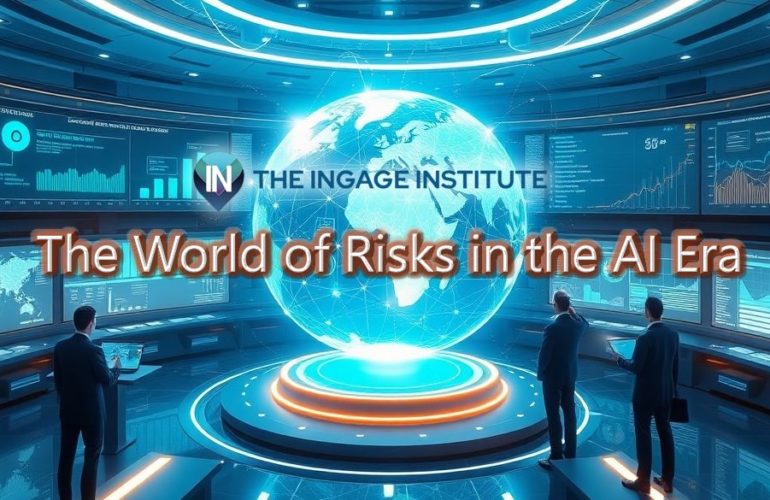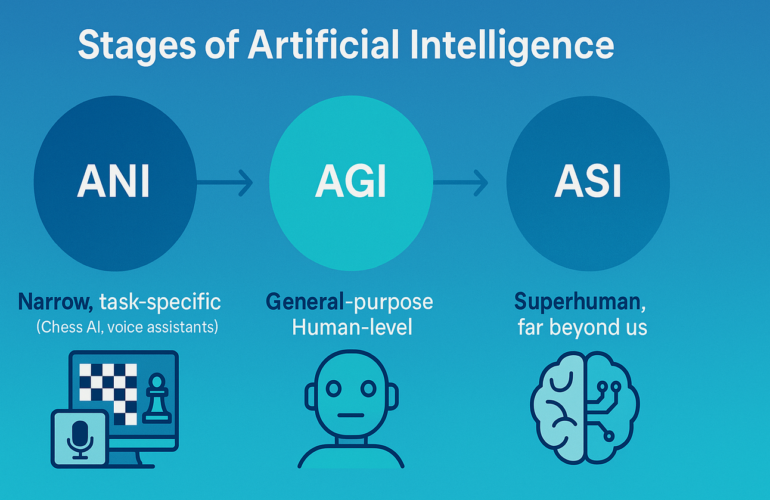Want to generate a set of professional, matching images with ChatGPT? The secret is using a structured prompt and only changing the details that matter to you. Here’s a step-by-step guide-no technical skills needed!
Step 1: Copy the Prompt Template
Use the following prompt as your starting point. It’s designed to give you a futuristic trading card look, but you can adapt it for any branded image:
{"prompt":
"A futuristic trading card with a dark, moody neon aesthetic and soft sci-fi lighting. The card features a semi-transparent, rounded rectangle with slightly muted glowing edges, appearing as if made of holographic glass. At the center is a large glowing logo of {{logo}}, with no additional text or label, illuminated with a smooth gradient of {{colors}}, but not overly bright. The reflections on the card surface should be subtle, with a slight glossy finish catching ambient light. The background is a dark carbon fiber texture or deep gradient with soft ambient glows bleeding into the edges. Add subtle light rays streaming down diagonally from the top, giving the scene a soft cinematic glow. Apply light motion blur to the edges and reflections to give the scene a sense of depth and energy, as if it's part of a high-end tech animation still. Below the card, include realistic floor reflections that mirror the neon edges and logo—slightly diffused for a grounded, futuristic look. Text elements are minimal and softly lit: top-left shows '{{ticker}}', top-right has a stylized signature, and the bottom displays '{{company_name}}' with a serial number '{{card_number}}', a revenue badge reading '{{revenue}}', and the year '{{year}}'. Typography should have a faint glow with slight blurring, and all elements should feel premium, elegant, and softly illuminated—like a high-end cyberpunk collectible card.",
"style": {"lighting": "Neon glow, soft reflections","font": "Modern sans-serif, clean and minimal","layout": "Centered, structured like a digital collectible card","materials": "Glass, holographic plastic, glowing metal edges"},
"parameters": {
"logo": "INGAGE logo (attached)","ticker": "ING","company_name": "The INGAGE Institute","card_number": "#0512","revenue": "€96.5B","year": "2025","colors": ["blue", "white", "dark gray"]},"medium": "3D render, high-resolution digital art","size": "1080px by 1080px"
}
You can notice that you don’t need to start with “Create an image” 😉
Step 2: Personalize the Details
Replace the parts in brackets with your own information:
- [your logo]: e.g., “INGAGE logo” or “your company logo”
- [your brand colors]: e.g., “blue, white, silver”
- [your ticker]: e.g., “ING”
- [your company name]: e.g., “The INGAGE Institute”
- [your card number]: e.g., “#0512”
- [your revenue]: e.g., “$96.5B”
- [your year]: e.g., “2025”
Step 3: Keep the Structure, Change Only the Details
For a series of images (like cards for different products or team members), keep the rest of the prompt the same and update only the details above. This ensures all your images have the same style and layout.
Step 4: Generate and Download
Paste your personalized prompt into ChatGPT’s image generator. If you want to use your own logo, upload it as an attachment when prompted. Download your finished image and use it wherever you need cohesive branding.
Step 5: Repeat for a Consistent Set
Want a whole deck or series? Just repeat these steps, changing only the details each time. Your visuals will stay consistent and professional.
Tips
- For custom logos, upload your image and mention it in your prompt (e.g., “Framer logo (attached image)”).
- Try the same approach for other image types-just adjust the description to fit your needs.
With this method, anyone can create a cohesive set of branded images using ChatGPT-no design skills required!





